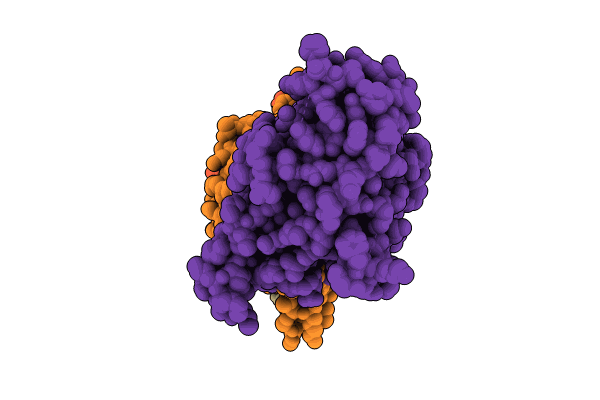
Deposition Date
2024-04-22
Release Date
2024-07-10
Last Version Date
2024-07-24
Entry Detail
PDB ID:
9BHT
Keywords:
Title:
Septin Hexameric Complex SEPT2/SEPT6/SEPT7 of Ciona intestinalis by Cryo-EM
Biological Source:
Source Organism:
Ciona intestinalis (Taxon ID: 7719)
Host Organism:
Method Details:
Experimental Method:
Resolution:
3.26 Å
Aggregation State:
PARTICLE
Reconstruction Method:
SINGLE PARTICLE


